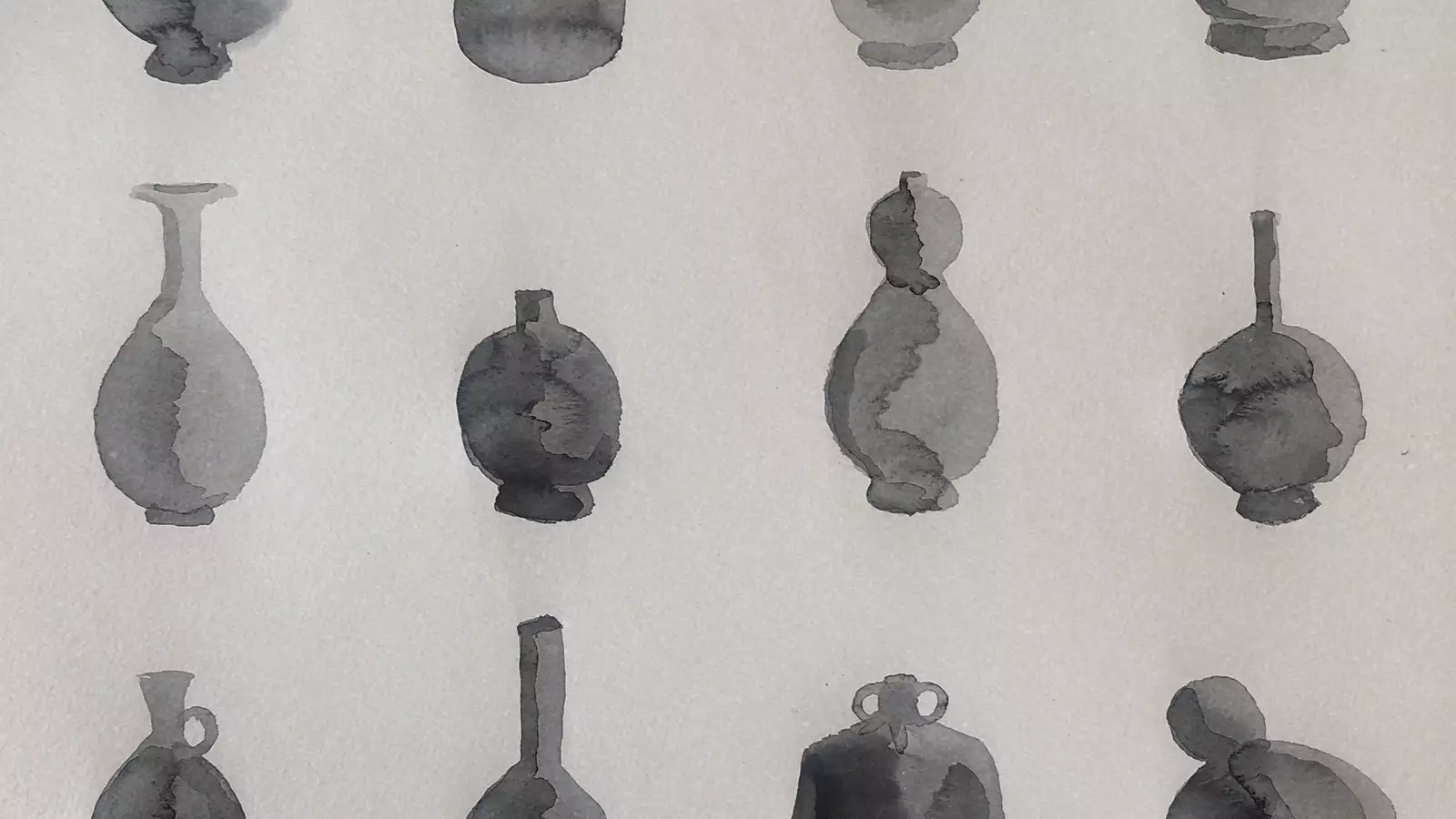
With the Women in Agency Festival, La Femme Theatre Productions founder Jean Lichty ’81 gives recent Barnard grads a powerful platform for original work

Lilian Wu Finckel ’16 — a ceramicist, photographer, and mixed media artist — is the program director and an artist-in-residence at Chinatown Soup and a pottery teacher at Clayhouse, a ceramics studio in Brooklyn. When she isn’t at the pottery wheel, she’s sketching forms, researching Japanese teaware, and running workshops at the zine shop she founded. Finckel chatted with us about the freedom of hand-building objects and making art at the Barnard Clay Collective.
Where do you draw inspiration from?
I draw inspiration from many things, but in my current works I’m finding it in hand-built vessel shapes that remind me of natural forms: trees, fruits, bodies, organs. Recently I have also loved: art/design catalogs such as Apartamento or Cereal; old images of architectural homes and studios (Xavier Corberó, Anna Maria Maiolino, Isamu Noguchi, Gonzalo Fonseca); 19th-century Shaker furniture; Edo-period Japanese teaware. There are also so many incredible makers and designers that I find scrolling on Instagram.
Which classes at Barnard have most informed your work?
My classes were always informative in the Art History/Visual Arts department but, specifically, my thesis seminar with Joan Snitzer and Lara Saget, Freestyle with Leslie Hewitt, and Body Politics Since 1945 with Jack McGrath.
What is your creative process like?
I like to incorporate many elements into my practices, and I don’t always stick to a routine. Sometimes it starts with drawing and sketching. And sometimes I just sit with a ball of clay and make whatever form comes to mind. I usually make one form and then I try to make multiple iterations of it until I find a shape that really feels right. It can take many tries for a form to feel complete — on the wheel, it can often feel like an exercise. When I’m hand-building, there’s a little more flexibility. I also make small book objects that feel very exploratory and help me find forms that I’d like to explore in larger projects.
How would you describe your aesthetic (in 3-5 adjectives)?
Soft, uncertain, warm.
What is your favorite project or piece, and why?
This is such a hard question! My favorites change all the time. I started hand-building these organic forms while quarantined, and they definitely feel serial. So I’m interested in continuing this exploration because it’s probably the most unconstrained I’ve felt making pottery.
Where would we find you sketching or making artwork on campus?
The floor of my dorm room or at the Barnard Clay Collective in Plimpton.
What do you listen to while at work in your studio?
Music or podcasts — recently I’ve been enjoying the Bodies podcast on KCRW.
Who is at your dream dinner party?
At this time, I’m dreaming of all my friends and family cooking a meal together at home.
What artwork was on your dorm wall?
Many photographs of family or places I’ve traveled, and small mementos and gifts from friends.
What is your idea of perfect happiness?
Home-cooked dinner, fresh flowers, finishing a book that I immediately want to read again.
What’s your guilty pleasure?
I’m trying to make an effort not to feel guilty about pleasurable things! But maybe a giant bag of puffy Cheetos.
What is your favorite place to see art?
I can’t choose a favorite place specifically, but I love to see the work of my friends and peers and places of comfort.
Which living person do you most admire?
My mother. Is that cheesy? It’s true!
What is your greatest extravagance?
I’d love to be able to invest in artworks, especially those by my friends and peers. But I don’t consider that an extravagance! Otherwise, any opportunity for extended travel.
What is your current state of mind?
Restlessness, with a little anxiety, and a little hunger.
What do you consider your greatest achievement?
I hope I’m still working towards that! But in the past few years, I’ve been so lucky to participate and contribute towards community-centered spaces and events. I helped found a zine shop and programming series at Chinatown Soup, a nonprofit arts space in Manhattan’s Chinatown. I also co-organize the NYC Feminist Zinefest alongside my former Barnard classmate and friend Suze Myers and Jenna Freedman from the BarnardZine Library!
Where would you most like to live?
I’m a born and raised New Yorker — it’s hard to imagine another forever home. But I would love to live in Taiwan.
What is your most treasured possession?
My grandmother’s jade, my little point-and-shoot film camera, and a wood-fired tea bowl from Yakushima, Japan.
Who are your heroes in real life?
There are so many people who are working and fighting to create more equitable communities. At Barnard specifically, the alumnae who are leading Amplifying Black Barnard: Cinneah El-Amin ’16, Naintara Ramoo-Goodgame ’15, Marquita Amoah ’16,and Kirstin L. Jones ’15. Those who are individually leading collectives of change, empowerment, and care here in New York, such as Nourish NYC, Heart of Dinner, Educated Little Monsters, Earth Arts Center, G.L.I.T.S., and so many others.
What is your motto?
“Sharing tea with a fascinating stranger is one of life’s true delights.” —Uncle Iroh, Avatar: The Last Airbender
What are your tips for staying creative during the COVID-19 pandemic?
Having a routine has really helped me — dedicated time and space in my home for creativity. There are really wonderful classes and workshops hosted by various art spaces on Zoom; even though it can feel awkward, I love being pushed to try something new. Also, YouTube is so helpful. I have been watching pit-fire kiln videos and bookbinding tutorials.